Brazilian ecologist
Reposted by Joaquín Hortal, Gabriel M. Moulatlet

Our new article in Nature Reviews Biodiversity asks: What’s really driving the losses, and what can we do about it?
👉 rdcu.be/expy6 1/7
Reposted by Gabriel M. Moulatlet
📝 The Special Feature will be accepting submissions to all 7 of our British Ecological Society journals.
Reposted by Gabriel M. Moulatlet, Neil A. Gilbert

onlinelibrary.wiley.com/doi/10.1111/...
Reposted by Gabriel M. Moulatlet

www.journals.uchicago.edu/doi/10.1086/...
Artista: Roberto Ruiz, estudiante en maevolab.mx.
Reposted by Gabriel M. Moulatlet
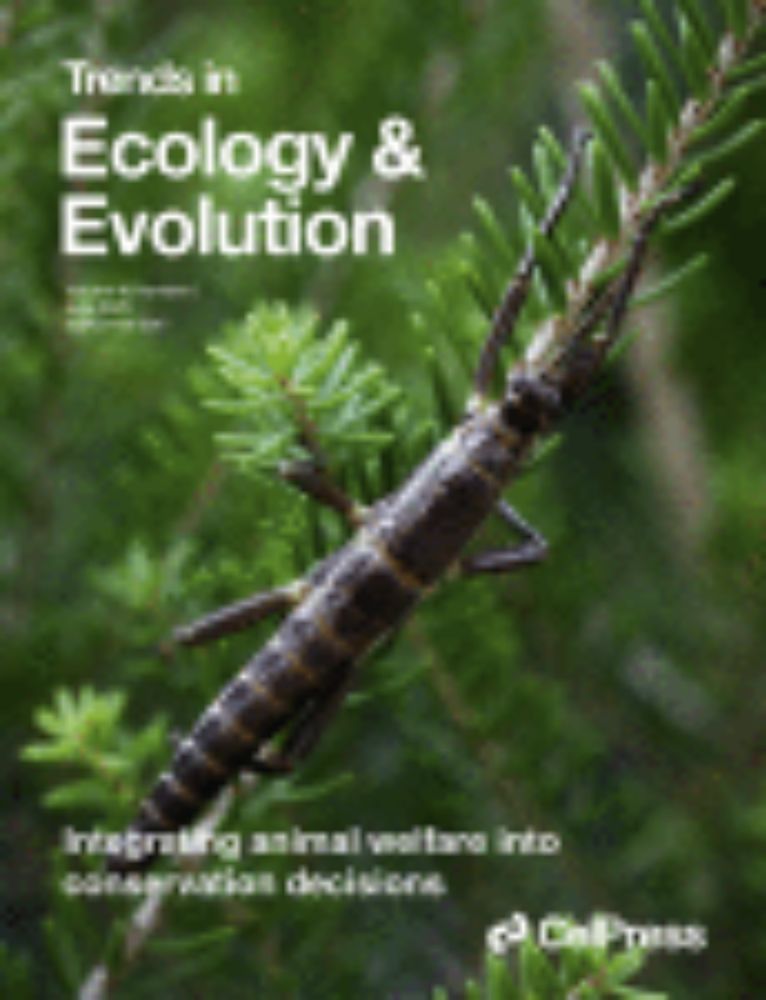
www.sciencedirect.com/science/arti...

Check it out: doi.org/10.1111/cobi...
🌐🧪🌍🍁
Reposted by Daijiang Li, Gabriel M. Moulatlet

Reposted by Gabriel M. Moulatlet
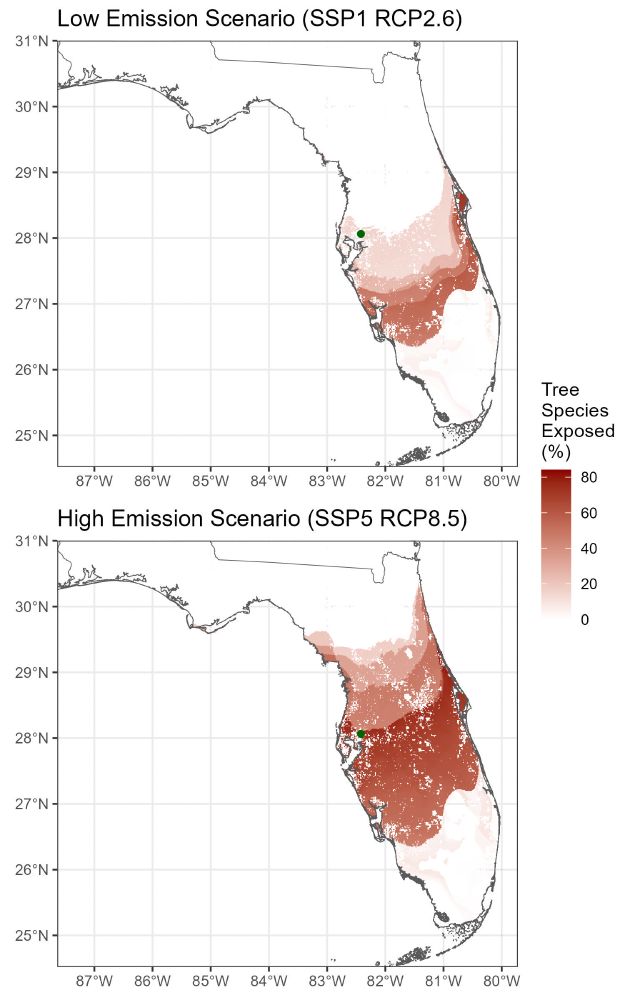
Reposted by Gabriel M. Moulatlet

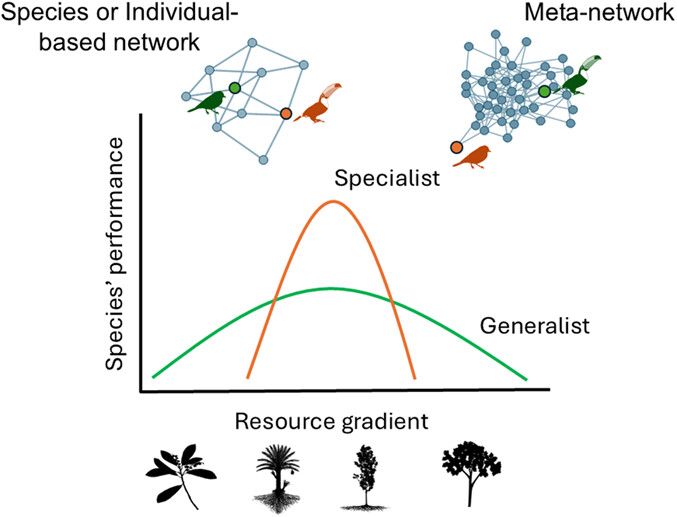
Reposted by Ingolf Kühn, Simon L. Lewis, Ian J. Wright , and 13 more Ingolf Kühn, Simon L. Lewis, Ian J. Wright, Alain Paquette, Nicolas Gross, Daijiang Li, Gabriel M. Moulatlet, Greg M. Walter, Susanne Lachmuth, Freddie C. Draper, María Poca, Irena Šímová, Joshua S. Lynn, Karl Andraczek, Fatih Fazlioglu, Mariana C. Chiuffo
Reposted by Gabriel M. Moulatlet
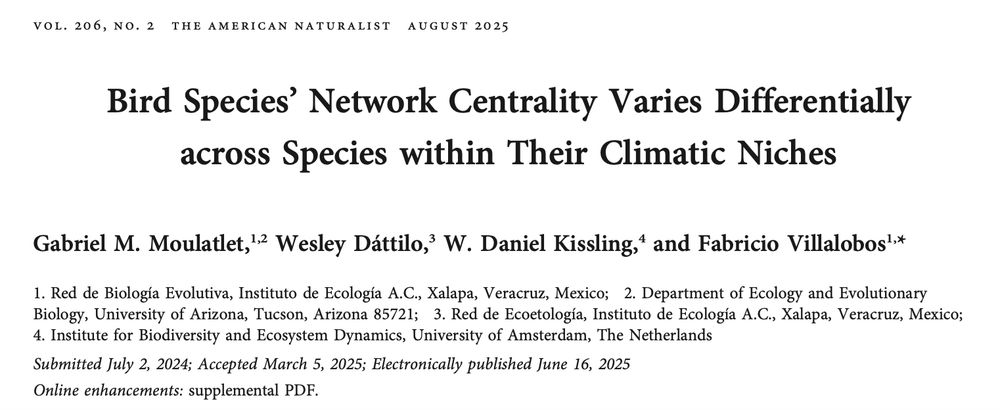
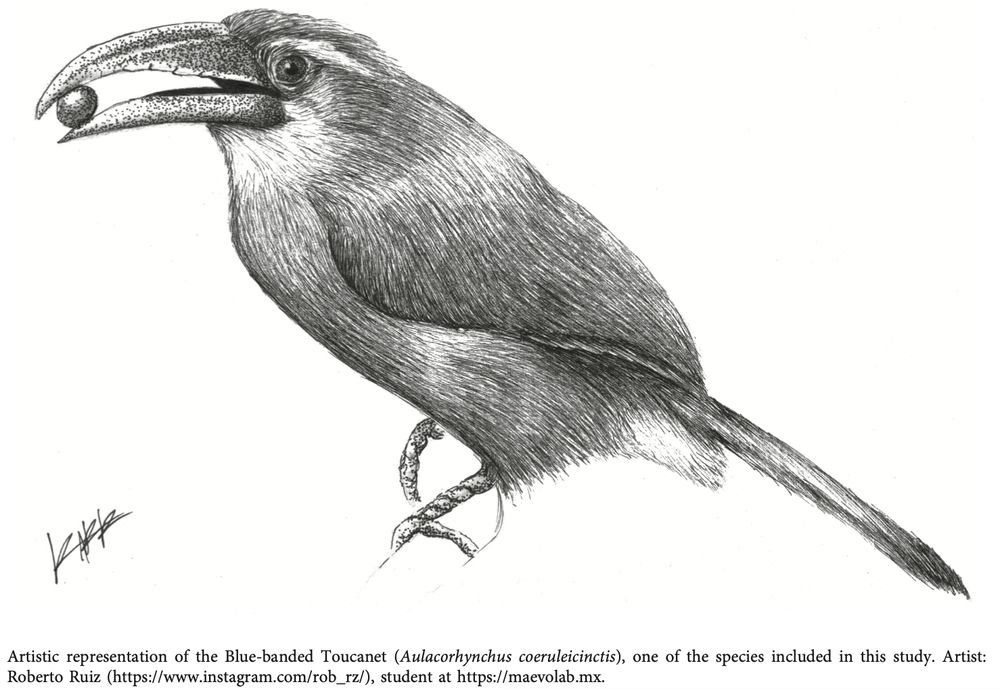
Thanks to our other friends and colleagues Wesley Dáttilo and Daniel Kissling for the collab
Reposted by Gabriel M. Moulatlet
@asn-amnat.bsky.social
doi.org/10.1086/736357
#Macroecology
Reposted by Franz Essl, Gabriel M. Moulatlet
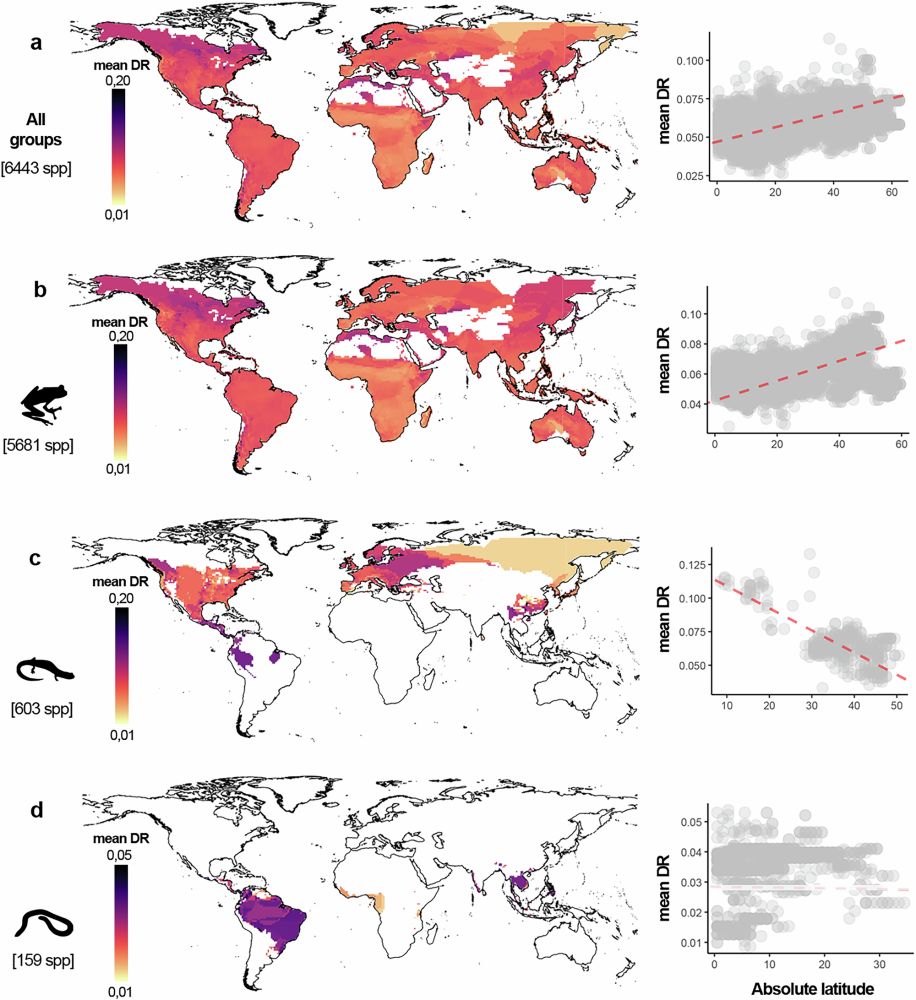
Dive into what we found: rdcu.be/eogmd
🙏 @fabrovillalobos.bsky.social @juvelas.bsky.social
@franzessl1.bsky.social
Reposted by Dirk Nikolaus Karger

www.biorxiv.org/content/10.1...
@fabrovillalobos.bsky.social
Reposted by Gabriel M. Moulatlet
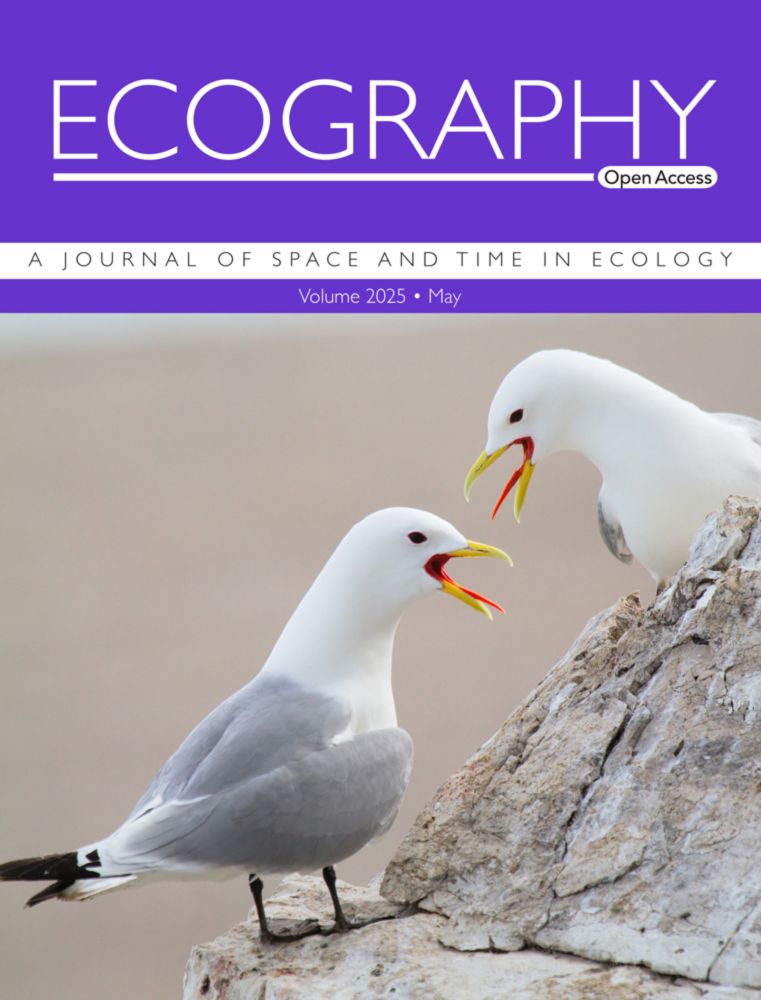
nsojournals.onlinelibrary.wiley.com/doi/10.1002/...
#Macroecology
#BioticInteractions

